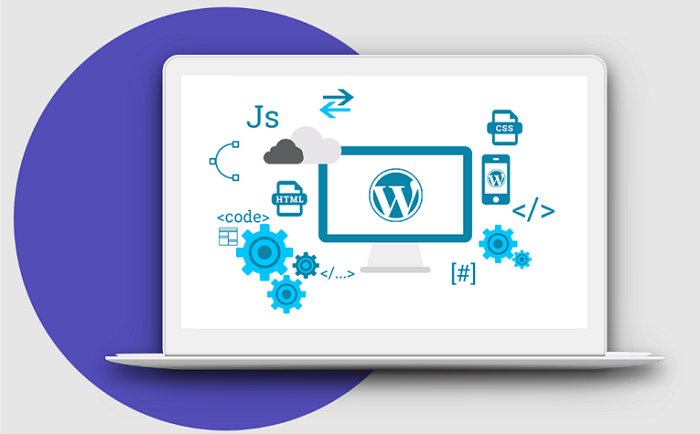News Blast: Your Daily Update
Stay informed with the latest news and trends.
WordPress Development: Where Code Meets Creativity
Unlock the secrets of WordPress development! Explore how code and creativity collide to build stunning, high-performing websites.
Top 5 Essential Plugins for Enhancing Your WordPress Site
To maximize your WordPress site's potential, incorporating the right plugins is crucial. Here are the Top 5 Essential Plugins that can significantly enhance your website's performance and user experience:
- Yoast SEO: This plugin is an indispensable tool for optimizing your content for search engines. With its user-friendly interface, you can easily analyze your posts and pages to ensure they are fully optimized for relevant keywords.
- WooCommerce: If you're looking to set up an online store, WooCommerce is the plugin to use. It provides a comprehensive eCommerce solution that allows you to sell products and manage payments seamlessly.
- Wordfence Security: Protecting your site from potential threats is paramount. Wordfence offers robust security features, including firewall protection and malware scanning, ensuring your website remains safe and secure.
- Elementor: For those seeking to create stunning layouts without coding, Elementor comes in handy. This drag-and-drop page builder allows for extensive customization, making it easy to design visually appealing pages.
- WP Super Cache: Speed is essential for user experience and SEO. WP Super Cache generates static HTML files from your dynamic WordPress blog, dramatically improving load times and site performance.

How to Create Stunning Custom Themes in WordPress
Creating stunning custom themes in WordPress can elevate the design and functionality of your website significantly. To begin, familiarize yourself with the basic structure of a WordPress theme, which includes files like style.css, index.php, and functions.php. Start by setting up a local development environment where you can test your theme without affecting your live site. The initial step involves declaring your theme in style.css by using the necessary header information, such as the theme name, author, and version. This serves as the foundation upon which you'll build your customizations.
Once your theme is set up, focus on the design elements that make your theme stand out. Utilize HTML, CSS, and JavaScript to create a visually appealing layout. Consider implementing features like responsive design to ensure your theme looks great on all devices. To enhance user experience, you can add custom widgets and menu functionalities by utilizing functions.php. Finally, always remember to test your theme for compatibility with popular plugins and WordPress updates. By following these steps, you’ll be well on your way to creating a stunning custom theme that effectively showcases your brand.
What Every Beginner Needs to Know About WordPress Development
WordPress development is an essential skill for anyone looking to create and manage a website. As a beginner, the first step is to understand the basics of this powerful Content Management System (CMS). WordPress is user-friendly, making it accessible to individuals without extensive coding knowledge. Begin by familiarizing yourself with the dashboard, where you can manage posts, pages, and media. It’s also crucial to learn about themes and plugins, as these elements greatly enhance the functionality and aesthetics of your site. Consider exploring reputable resources and communities that can provide guidance and support during your learning journey.
Another important aspect of WordPress development is mastering the art of customization. Once you have a basic understanding, delve into more advanced topics such as child themes and custom post types. These features allow you to tailor your site to meet specific requirements and improve user experience. Don't forget about the significance of SEO; implementing strategies such as keyword optimization and clean URLs can drastically improve your site's visibility. Lastly, always keep your WordPress site updated to ensure you have the latest features and security enhancements. As you continue your journey, remember that practice makes perfect!